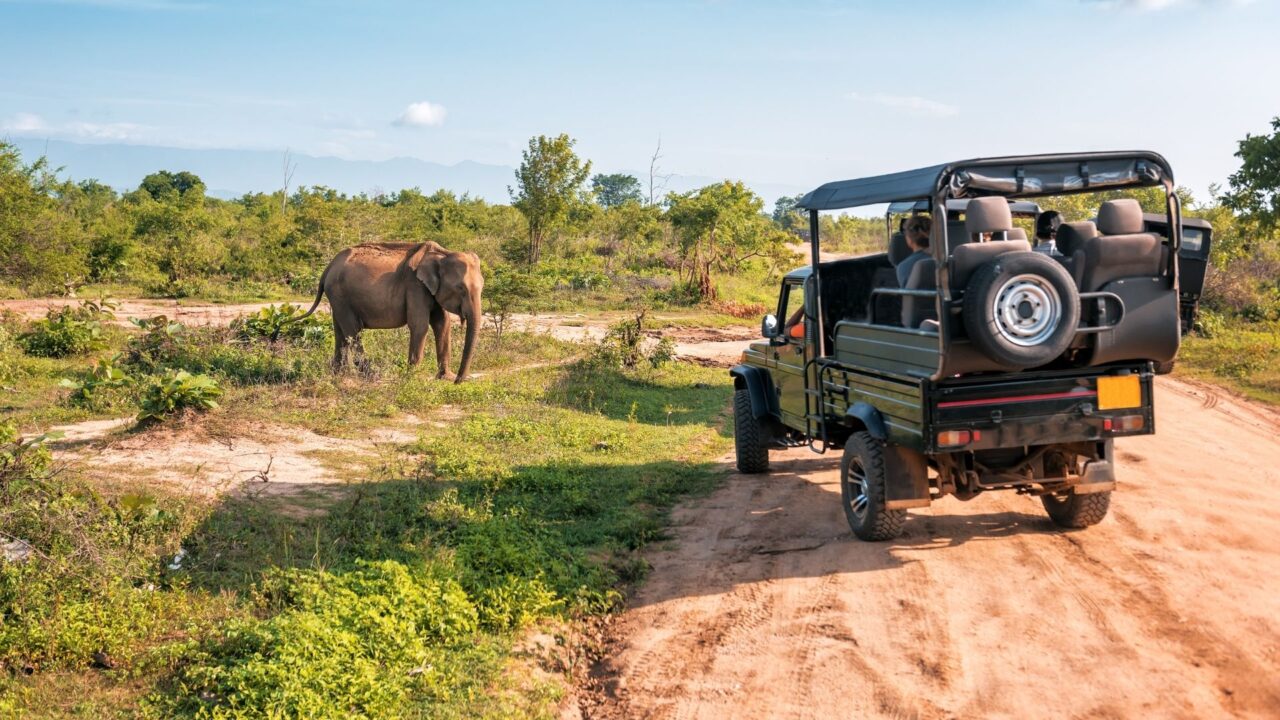
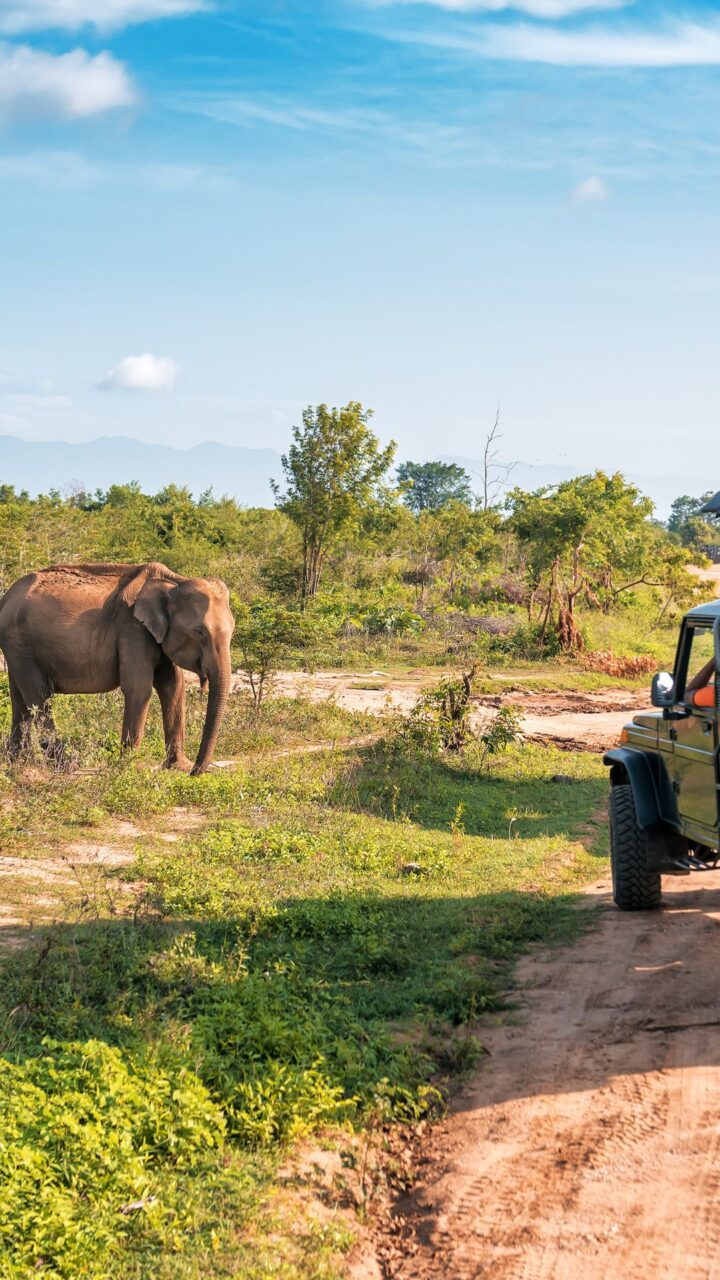
Sri Lanka is well-known for its cultural legacy and picture-perfect beaches, but it is also one of Asia’s top wildlife destinations. Because of the little island’s wide variety of altitudes, it has a temperature and diversity that would normally only be found throughout an entire continent. Blue whales swarm off Sri Lanka’s southern coast, elephant herds congregate in Udawalawe, and the elusive leopard reigns supreme in Yala. We explore the steamy Sinharaja Rainforest and relax on the south coast, where the warm waters of the Indian Ocean kiss the shore and days can easily drift by under the shade of a palm tree, in addition enjoy wildlife drives in Sri Lanka’s most famous national parks.
Day 1
AYUBOWAN! When you arrive, one of our staff members will meet you and escort you to your private transportation. To assist you in settling in, you will be escorted from the Bandaranaike International Airport to your accommodation in Ahangama. As we approach Ahangama, the coconut trees and towering palms on the beach give way to spectacular views of the sea.

Day 2
We depart just after sunrise for the harbour, where we will join a small, privately leased boat for today’s whale watching cruise. We spent the morning searching for whales and other cetaceans in the Indian Ocean, accompanied by a lovely crew and a naturalist guide. The sailboat is outfitted with radar and GPS, which increases our chances of success. Blue whales, the world’s biggest mammals, may be spotted in these oceans between November and April. They’re enormous, reaching up to 30 meters in length and weighing up to 160 tons. We may also observe Sperm whales, Brydes whales, and massive groups of Spinner or Bottlenose dolphins in the surrounding seas. After spending the morning at sea, we return to the harbor and our accommodation in Ahangama. We’ll go on a guided tour of Galle later this afternoon to learn about the historic fort, which is a beautiful UNESCO World Heritage Site. The Dutch fort, erected in 1663, is a maze of cobblestone streets lined with cafes, boutique stores, and wonderfully preserved colonial houses.

Day 3
We’re off to the Sinharaja Jungle this morning, Sri Lanka’s last unspoilt rainforest. This biodiversity hotspot is home to a number of endemic species. There are 160 bird species and counting, with canopy trees reaching heights of up to 45 meters. Insects, amphibians, and reptiles coexist with mammals such as Sambar, Barking deer, and Wild boar. Purple-faced langurs congregate in groups of 10 or more and are common in the woodlands. There are roughly 15 leopards in this region, although sightings are difficult to come by due to the dense undergrowth. Today, we’ll embark on a walk with our naturalist guide to discover more about Sinharaja and its many creatures.
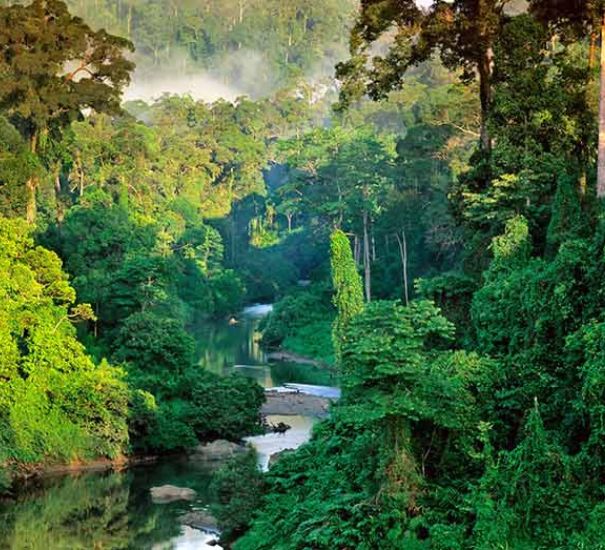
Day 4
Prepare for another day in the woods by waking up to the sound of birdsong. Sinharaja is a 3.7-kilometer-wide, 21-kilometer-long sliver of land covering 11,187 hectares. This region is home to 43 percent of all the species recorded in Sri Lanka. Our naturalist guide will accompany us on a nature walk through the area’s various paths and unique flora and wildlife.
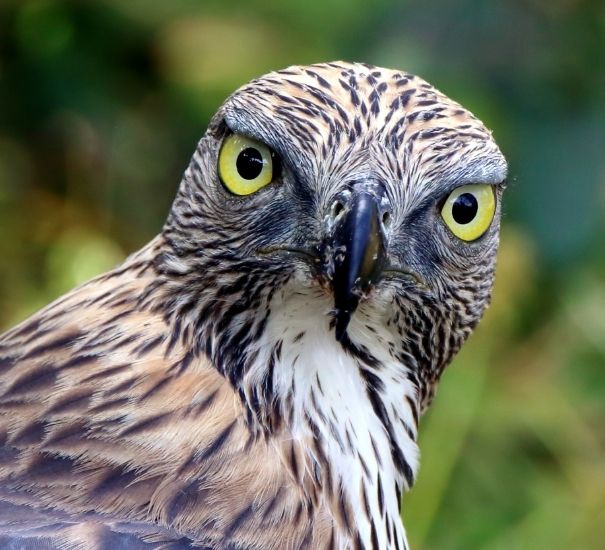
Day 5
This morning, we leave the forest and go inland to Udawalawe National Park, which lies on the border between Sri Lanka’s wet and dry zones. Udawalawe is one of the greatest parks in Sri Lanka to view elephants, with over 600 elephants in herds of up to 50, and the biggest concentration of wild elephants anywhere in Sri Lanka. The Udawalawe Reservoir, located in the park’s middle, provides a beautiful backdrop to the otherwise thinly vegetated landscape. As a result, seeing animals in the national park is rather easy. We may spot Sambar deer, Spotted deer, Water buffalo, Wild hog, Jackal, and Mongoose on this afternoon’s safari, in addition to elephant families feasting in the grasslands.
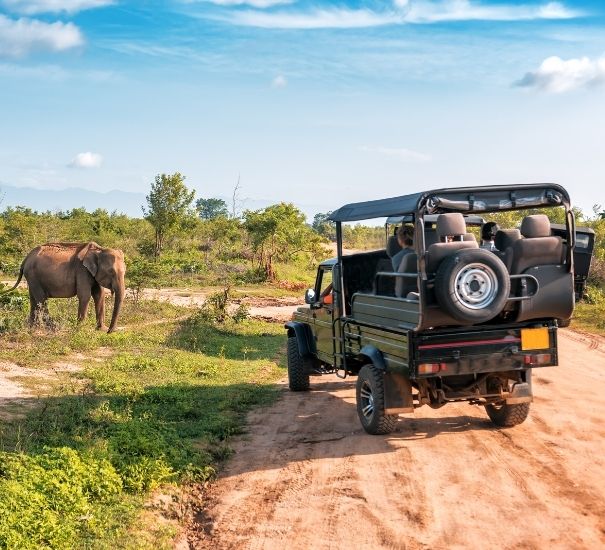
Day 6
This morning, our 4WD safari vehicles are waiting for us to return to Udawalawe for a second wildlife drive within the park. Depending on sightings, game drives typically last 3 hours and are always accompanied by a naturalist guide. In the afternoon, we go to Udawalawe’s famed Elephant Transit Home (ETH), which is barely 5 kilometers from the park’s entrance. The Born Free Foundation contributes to the operation of the Department of Wildlife Conservation’s transit home. It provides a safe refuge for orphaned elephants, who are normally cared for at the home until they are four years old and ready to be released back into the wild. Our visit will coincide with feeding time at ETH, when a team of park guards will provide bottled milk to the tiny baby elephants, and the raucous spectacle will be visible from the viewing platform.
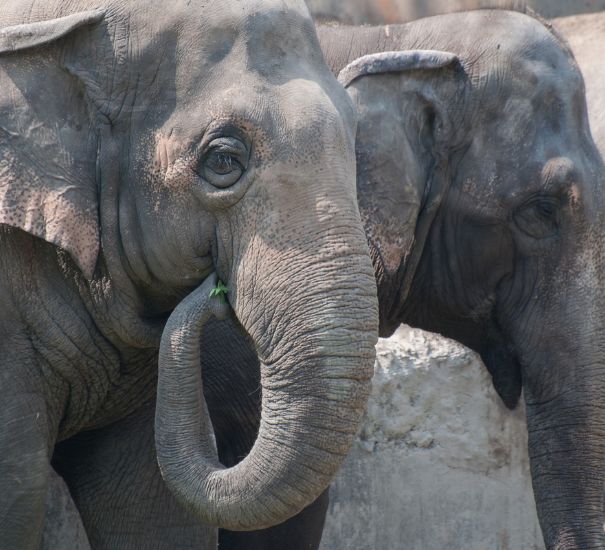
Day 7
After breakfast, we take a three-hour trip to Tissamaharama and Yala National Parks. We check into our Yala guesthouse and then go in 4WD jeeps for our afternoon wildlife drive at 3 p.m. Yala is Sri Lanka’s most well-known national park, famous for having the most leopards per square kilometer in the world. Yala National Park is a huge park in the lowland dry zone of Sri Lanka’s southeastern area. It has a total area of 97,881 hectares and is split into five ‘blocks.’ Due to the park’s closeness to the sea, the vegetation in Yala is primarily dense secondary forest, semi-arid thorny scrub, brackish lagoons, and mangroves. Elephants, Sloth bears, Spotted deer, Water buffalo, Sambar deer, Wild boar, Langur, and Macaque are just a few of the creatures that live in this special environment. There have been reports of around 215 different types of birds, including thousands of migratory waterfowl. Our party will be divided evenly among the jeeps, with the tour guide, naturalist, and tracker travelling in different cars. This afternoon, we’ll drive for 3 to 4 hours before returning to the hotel to freshen up and have dinner.
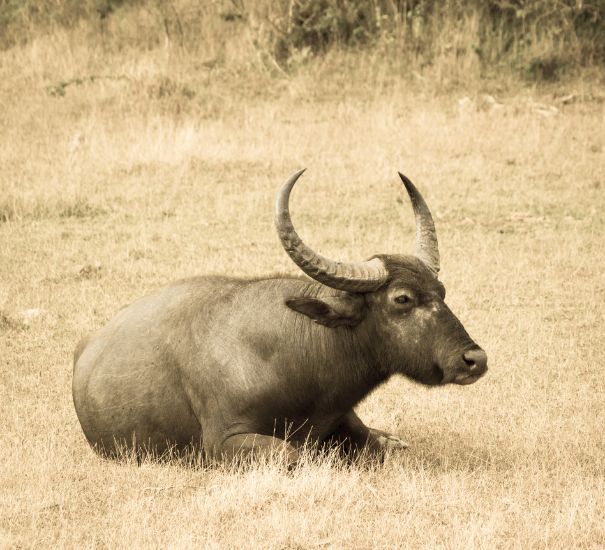
Day 8
Because wildlife is most active in the early mornings, we’ll embark on a morning game drive in Yala before returning to our hotel for a break and lunch. Throughout our 3-hour game drive, our naturalist guide will focus on Yala’s diverse wildlife and birds. We travel for approximately 3.5 hours after lunch to Dickwella, a stunning beach with crystal blue waves and immaculate beaches. Traditional fishing boats lie on the sand against a backdrop of palm trees, creating a postcard-worthy sight on one of Sri Lanka’s most beautiful beaches, in our opinion. We’ll be staying at a fantastic resort with direct beach access for our two nights here. The resort is set on lush grounds and is one of the greatest beach hotels in Sri Lanka! This establishment features air-conditioned rooms and has been recognized as a ‘nice hotel.’ You’ll be able to relax by the pool after a lengthy walk down the beach among the swaying palms. You may just commit yourself to calming Balinese traditions at the spa, which is equipped with modern comforts, during your seaside getaway in paradise.
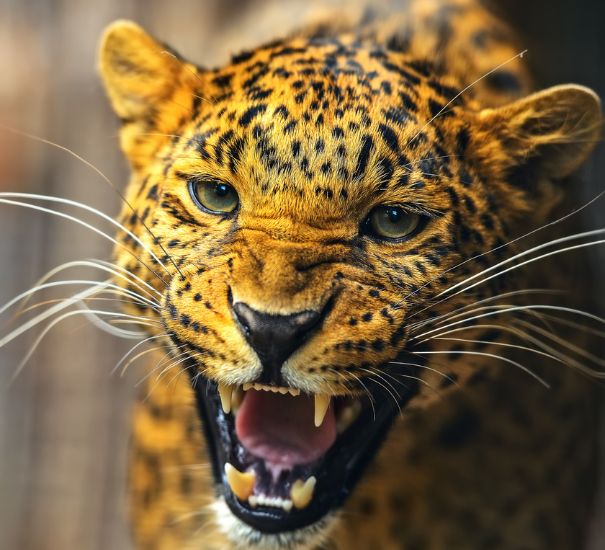
Day 9
Today is your day to take advantage of all of the amenities at Dickwella Resort & Spa, such as swimming in the sea, wandering along the beach, and swimming in the pool. If there is enough interest, we can also plan a second whale-watching excursion for this morning. By having the option to go whale viewing again, we increase our chances of getting the optimum weather and water conditions. Please bear in mind that transportation to and from Mirissa, where all whale-watching boats depart, is required for this optional activity.
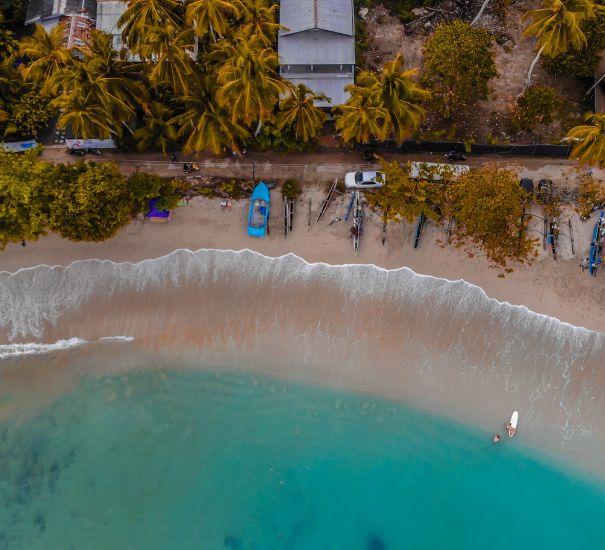
Day 10
After breakfast, you’ll travel to Colombo, Sri Lanka’s capital city, which has a fascinating history dating back to the fifth century. This was an important port city in the East-West commerce even in ancient times. It is now a vibrant contemporary town with a distinct feel. The vibrant streets, restaurants, and sophisticated retail complexes draw both locals and tourists.
When you arrive in Colombo, you will have the chance to tour all of the city’s highlights, such as the Red Mosque, Gangarama Temple, Independent Square, and so on. After that, you might like to stop by a famous and globally recognized restaurant in Colombo to round out your vacation with an amazing lunch. Following that, either travel to the airport in time for your return flight or we will drop you off at your accommodation in Colombo or Negombo.
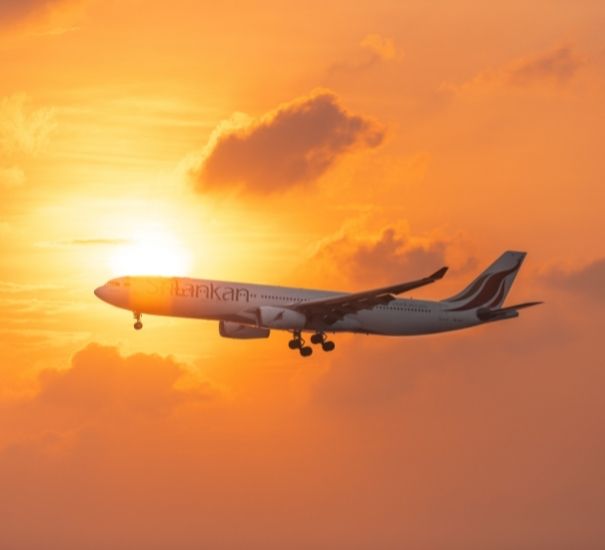
Ahangama in Ruhuna is a tiny town. It is situated in the province of Southern. This town is a renowned tourist attraction due to its lovely sandy beaches.
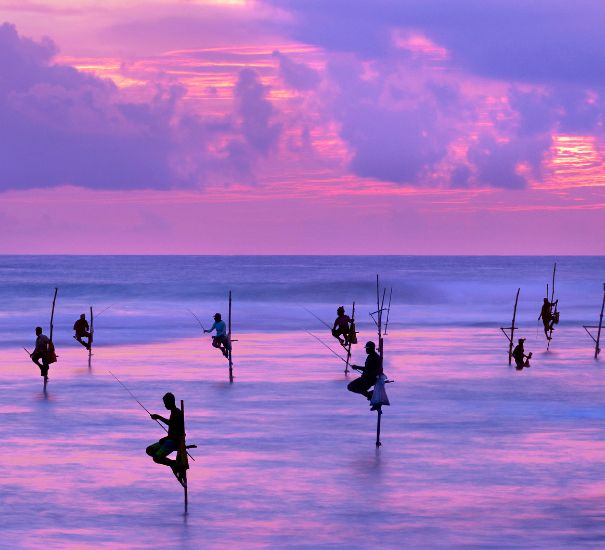
This “Living” UNESCO World Heritage Site is the harbor where the Portuguese first landed in Sri Lanka in 1505, and is said to be the legendary Tarshish of the Bible where King Solomon gathered jewels and spices. The city was captured and fortified by the Dutch who governed maritime Sri Lanka in the 17th and 18th centuries, and it still has a Dutch feel to it. Within the well-preserved 90-acre fort and fortifications erected in 1663, there are Old Dutch churches and monuments with armorial bearings, an imposing crested and monogrammed doorway dated 1669, and numerous well-preserved Old Dutch dwellings and small lanes with Dutch names. The New Oriental Hotel, erected in 1684 for a Dutch governor, is a colonial jewel that has been turned into the globally famous Amangalle Hotel, as are numerous other superb boutique hotels.
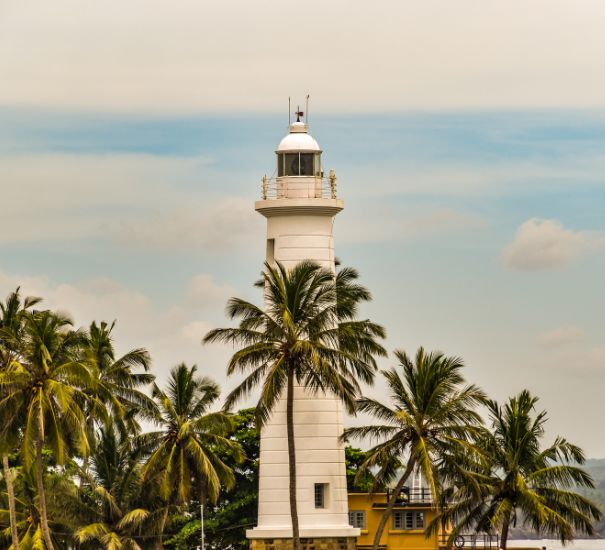
The Sinharaja Rainforest, a national park surrounded by rivers, comprises 7,648ha and is a biodiversity hotspot and UNESCO World Heritage Site. While the height spans from 300m to 1,000m, the Reserve is home to more than half of the indigenous species, which include mammals, butterflies, birds, fish, reptiles, and amphibians that live in temperatures ranging from 19 to 34 degrees Celsius. Sinharaja is home to twelve indigenous creatures, including the common giant squirrel, dusky-stripped jungle squirrel, badger mongoose, purple-faced leaf monkey, and torque macaque.
More than half of the endemic species are birds, including endangered species, whereas the Green Pit Viper and the Hump-nosed Viper are common reptiles. Sinharaja is also home to the Torrent toad, common house toad, Wrinkled Frog, and Sri Lankan Reed Frog. The Reserve is accessible from hotels on the west shore.

The 30,000-hectare Udawalawe National Park is located on the boundary of Sabaragamuwa and Uva Provinces, about a five-hour drive from Colombo. The Park, which is available to tourists escorted by a tracker, was established as a refuge for wild creatures displaced during the construction of the Udawalawe Reservoir. Its vegetation is impacted by the limits of its wet and dry zones, as well as a range of plains that emphasize its terrain. Rain falls from October to January and from March to May.
Elephants, water buffaloes, wild boar, spotted deer, fishing cats, and jungle cats may all be found in the park. The park is home to endemic birds such as the Ceylon Junglefowl, Ceylon Spurfowl, and Ceylon Grey Hornbill, as well as other bird species such as the Spot-billed Pelican, Little Cormorant, Grey Heron, and Indian Pond Heron.

Yala National Park, also known as Ruhunu National Park, is one of the country’s largest rainforests. It is located in the southeast of Sri Lanka, 305 kilometers from Colombo. The park’s major attraction is elephants, however leopards and sloth bears are occasionally sighted. Yala also has hundreds of local and foreign bird species, including the jungle fowl, Sri Lanka’s national bird, and flocks of peacocks. Yala also features a beach and crocodile-infested marshes.
Yala was one of the first National Parks formed in Sri Lanka (in 1938), and it is a well-known tourist destination with abundance of lodging close its gates, both opulent and inexpensive, and even camping; morning and evening safaris by jeep may be readily organized.

Dickwella is a small beach market town in the Matara district of Sri Lanka’s southern region. It’s around 22 kilometers (14 miles) from Matara. Dickwella’s long sandy beach is protected from the elements by headlands, reefs, and sand bars, making swimming safe.
Dickwella is home to Sri Lanka’s tallest seated Buddha statue, which measures 50 meters (160 feet) tall. The rooms behind the statue include a ‘library’ of vivid paintings representing incidents from the Buddha’s life and miscreants’ punishments covering the walls.
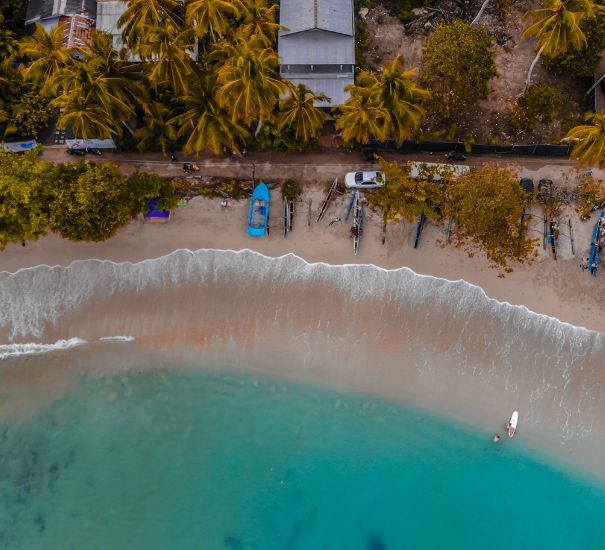

Price
Description
Per person in a double room
Comfortable Bed & Breakfast Accommodations in the Mentioned “Overnight Stay” Locations
Early check-in & Late check-out.
Transport in an Air-Conditioned car with an English speaking Chauffeur Guide.
Entrance/excursion fees to the places mentioned in our itinerary.
Government Tax (11%)
Tips and other expenses of personal nature.
On-line payment using a personal credit card (Amex/Visa/Master). Log in details will be sent on confirmation.
Bank transfer.
Magical Vacations Lanka (Private) Limited,
250, Canal Road, Uswetekeiyawa,
Sri Lanka
Postal Code: 11328
For Inquiries Dial Or WhatsApp
+94 72 240 5198
+94 (77) 108 4703
(24/7)(Only for international inquiries)
General : +94 722 405 198 (WhatsApp)
Email: [email protected]
Site Map
Follow us on